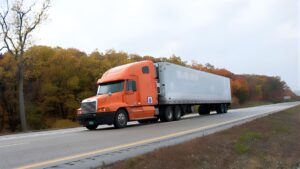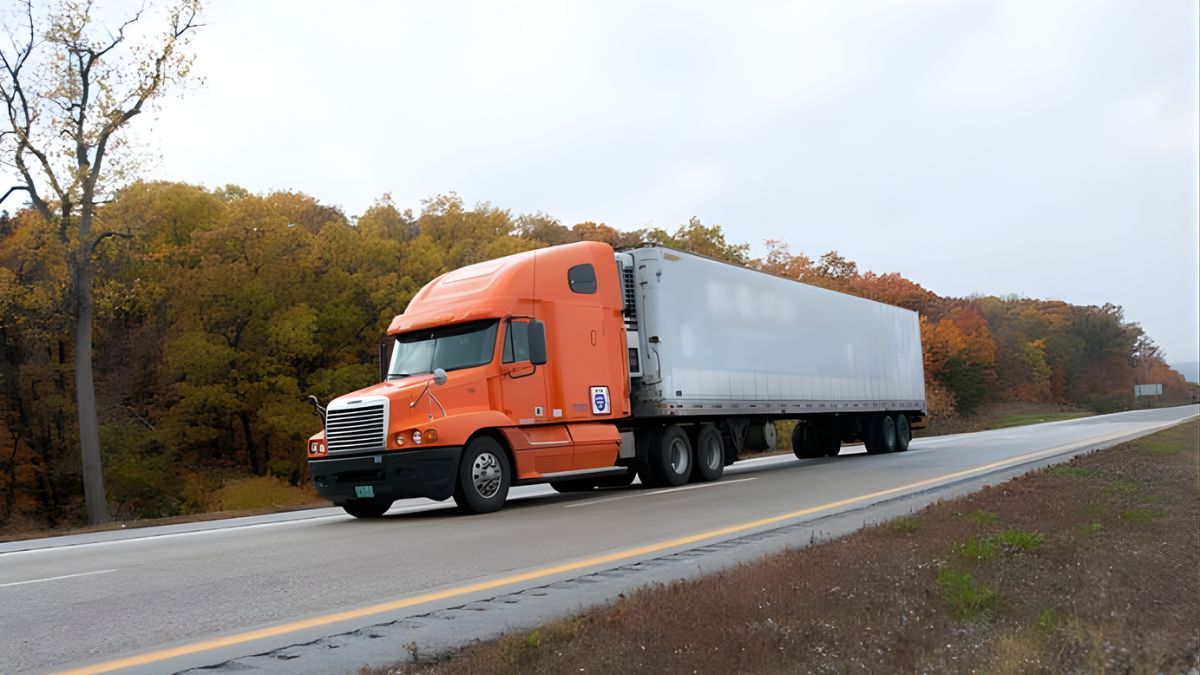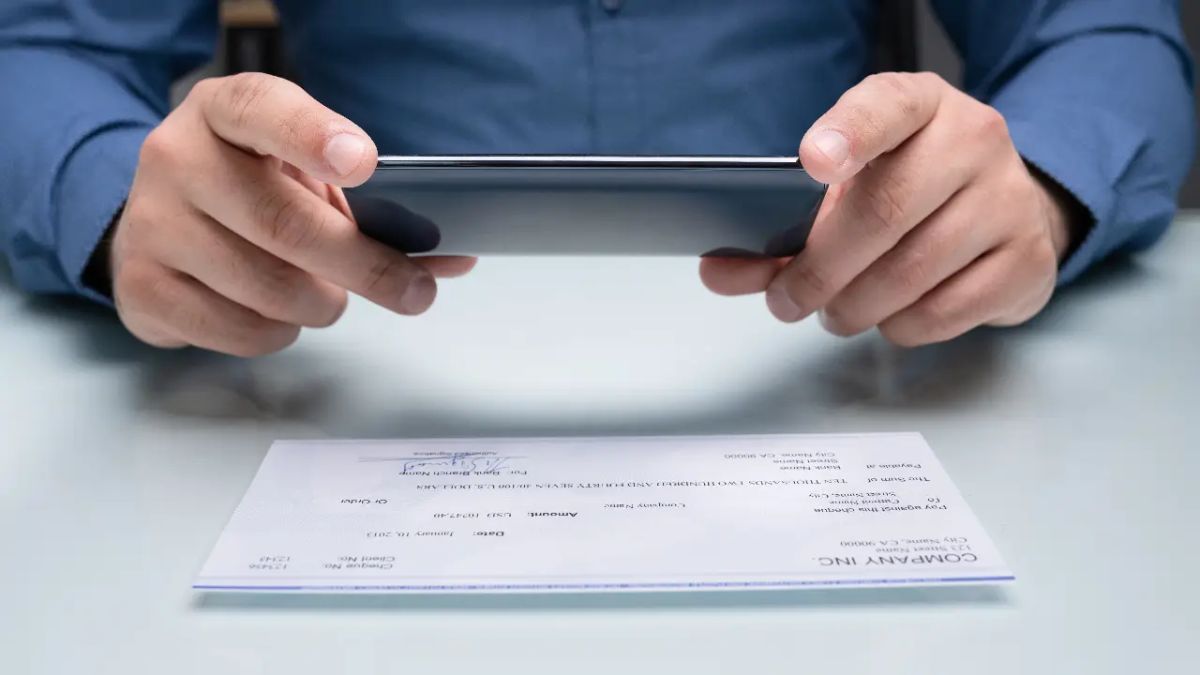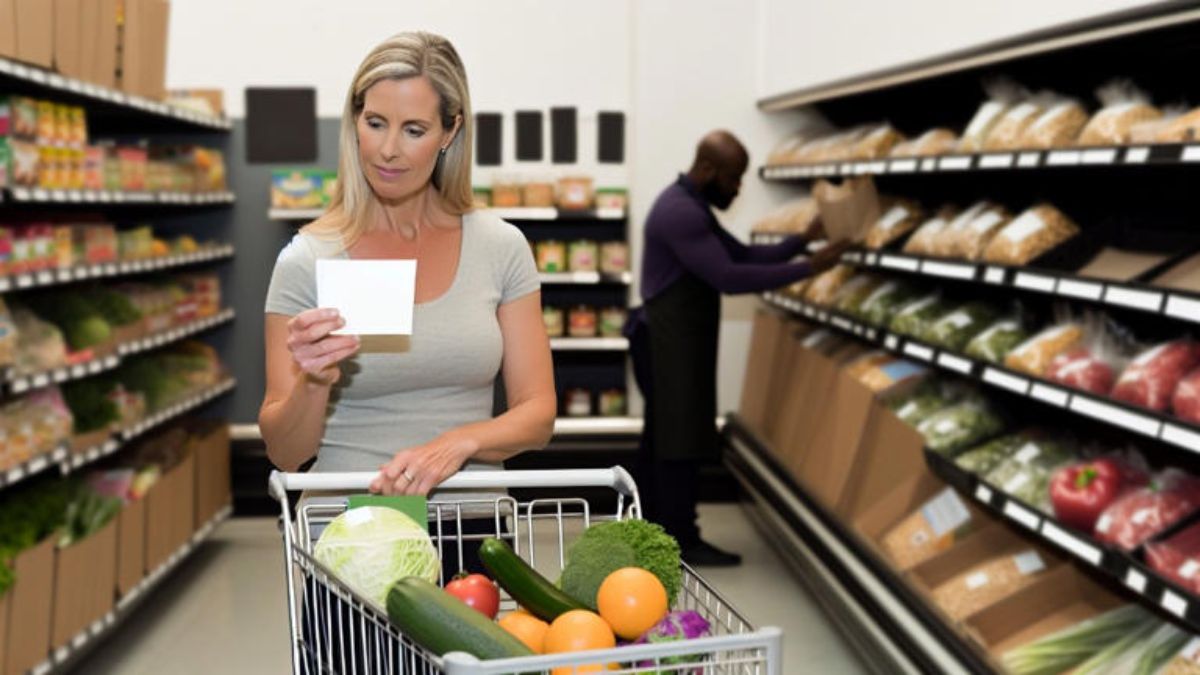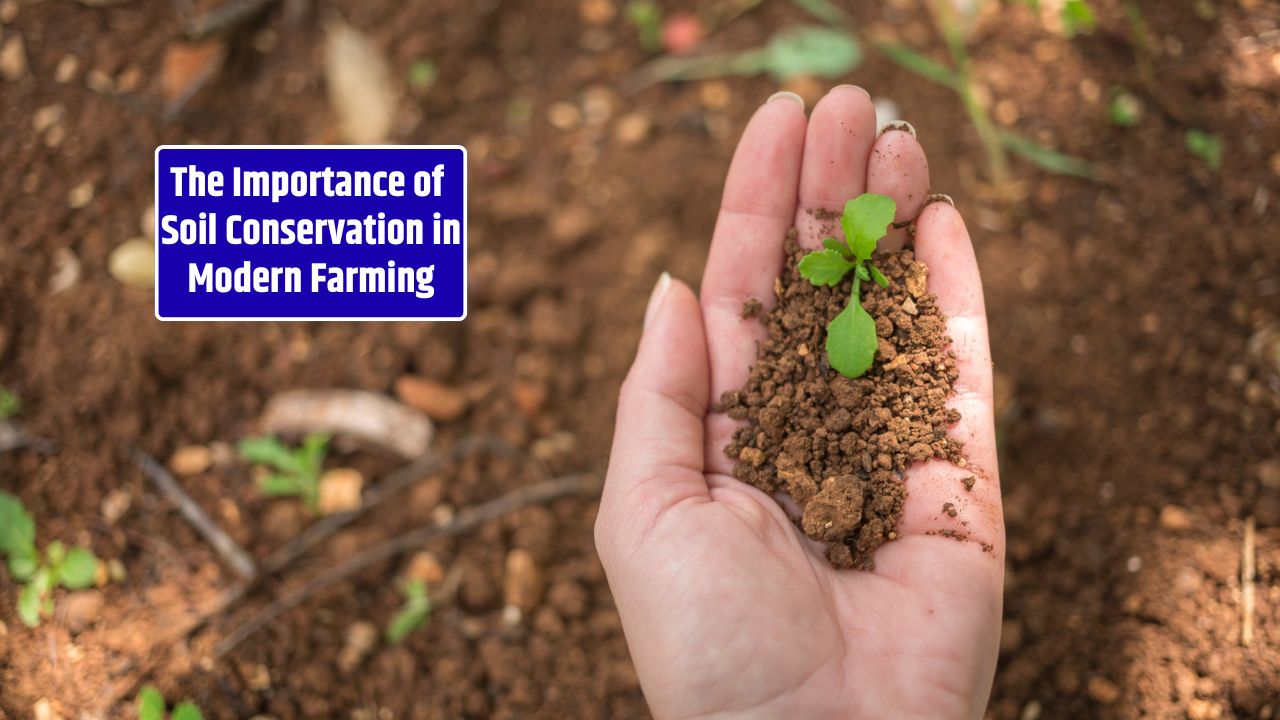Drive a few hours out of any major city—whether in Brazil, the U.S., or India—and you’ll see the quiet revolution happening in the fields. The tractors now have GPS. Drones hum over soy and corn. Farmers are checking soil data on their phones instead of guessing with their hands. It’s not flashy, but it’s one of the biggest shifts in modern life: technology is reshaping rural farming communities, bringing efficiency, connectivity, and unexpected cultural change to the world’s most traditional workplaces.
From Muscle to Microchips
For centuries, agriculture relied on muscle, weather luck, and local wisdom. Today, it’s data-driven. The arrival of precision agriculture—which uses sensors, drones, and satellite mapping—has changed how farmers plant, irrigate, and harvest.
In Brazil, farmers in frontier towns like Confresa or Sorriso are using satellite-based tools from Embrapa to monitor soil health and optimize fertilizer use. In the U.S. Midwest, John Deere tractors now come with AI-assisted autopilot systems that guide machines along perfect planting lines. And in India, agri-tech startups like DeHaat are connecting small farmers directly to buyers through smartphone apps.
This isn’t just about efficiency—it’s about control. Farmers can now track everything from rainfall to nitrogen levels in real time, turning instinct into informed decision-making.
The Rise of Smart Farming
“Smart farming” might sound like a buzzword, but on the ground, it means fewer wasted resources and higher yields. A farmer can fly a drone over 100 hectares in minutes, identifying pest infestations before they spread. Automated irrigation systems can be programmed to water crops only when sensors detect dryness, saving both time and water.
| Technology | How It’s Used | Impact |
|---|---|---|
| Drones | Aerial crop monitoring and spraying | Cuts pesticide use, improves coverage |
| GPS Tractors | Automated planting and harvesting | Reduces labor, increases precision |
| IoT Sensors | Soil moisture and temperature tracking | Boosts water efficiency |
| Satellite Imaging | Crop and land health analysis | Enables early issue detection |
| Farm Management Software | Data storage, analytics, and planning | Streamlines operations |
In many countries, including Brazil, these technologies are being encouraged through public incentives and rural innovation programs. The Brazilian Ministry of Agriculture supports modernization efforts through credit lines for digital equipment, while the USDA and European Commission fund similar initiatives for smallholders abroad.
Connectivity: The Real Game-Changer
For rural communities, connectivity is often more transformative than the gadgets themselves. Access to reliable internet—once unimaginable in isolated areas—is bringing farmers into the global conversation.
In Confresa, for example, fiber-optic internet has reached even small ranches through state-backed initiatives like MT Digital Rural. Farmers now join WhatsApp groups to share planting tips, compare market prices, or coordinate machinery repairs. In Kenya and India, mobile platforms are doing something similar—creating digital marketplaces where smallholders can sell produce directly, cutting out middlemen.
The internet has also opened up education. YouTube tutorials on crop management, online weather dashboards, and e-learning platforms are turning rural youth into self-taught agri-entrepreneurs.
Drones, Data, and Dollars
Technology isn’t just changing how farmers work—it’s changing who can farm. Younger generations, once desperate to leave the countryside, are now finding reasons to stay. Running a farm today means managing drones, software, and sensors—skills that appeal to a new type of rural professional.
“Ten years ago, my son wanted to be an engineer in the city,” says Ricardo Menezes, a corn farmer from northern Mato Grosso. “Now he’s an engineer—but he’s managing our farm’s tech.”
There’s a growing wave of rural entrepreneurs offering drone services, selling analytics, or building localized apps. These micro-businesses create new income streams in towns that used to depend on single-crop economies.
The Social Shift
Technology doesn’t just boost yields—it reshapes communities. Cooperative models are evolving into digital collectives. Farmers who once traded advice over coffee now share data in real-time dashboards. Young farmers are starting podcasts and Instagram pages about sustainable agriculture, drawing attention to rural innovation in a way that was unthinkable two decades ago.
However, there’s a flip side. The digital divide is still stark. Wealthier landowners can afford drones and software; smallholders often can’t. Without equitable access, there’s a risk of widening social gaps in the countryside. Governments and NGOs are stepping in with subsidized credit and training, but the learning curve remains steep.
Sustainability Through Tech
One of the most promising transformations is environmental. With precision tools, farmers use less water, fewer chemicals, and fewer fossil fuels. Digital models predict weather patterns, allowing more resilient planting schedules in the face of climate change.
In the Amazon borderlands of Mato Grosso, reforestation mapping tools now help landowners monitor legal reserve areas. Programs under Brazil’s Ministry of the Environment integrate satellite data to ensure compliance with the country’s strict Forest Code, blending productivity with conservation.
Globally, sustainable tech is moving from “nice-to-have” to “must-have.” Consumers increasingly demand traceability, and technology makes it possible to prove that crops were grown responsibly—from the field to the supermarket shelf.
Looking Ahead: The Digital Countryside
The next decade will see rural areas looking more like open-air laboratories than old-fashioned farms. Expect autonomous harvesters, blockchain traceability systems, and climate-resilient seed tech to become mainstream.
But the most profound change won’t be in machines—it’ll be in mindset. The same communities that once saw innovation as risky are now leading it. Farmers talk about data the way they used to talk about rain.
The digital revolution in farming isn’t just about production—it’s about dignity. It gives farmers the tools to compete, the knowledge to adapt, and the voice to participate in the global economy.
In other words, technology isn’t replacing the human touch in farming. It’s amplifying it.
Rural Tech Snapshot
| Region | Key Innovation | Local Impact |
|---|---|---|
| Brazil | Precision agri-tools, drone mapping | Boosted yields, reduced deforestation |
| U.S. Midwest | AI-driven tractors, data analytics | Efficiency gains, labor reduction |
| India | Mobile marketplaces, micro-loans | Empowered smallholders |
| Kenya | Digital weather alerts, e-coops | Reduced crop losses |
| EU | Smart irrigation and sensors | Optimized resource use |
FAQs:
What is precision agriculture?
It’s a technology-driven farming approach using data, sensors, and GPS to optimize crop production and reduce waste.
How do drones help farmers?
Drones monitor crops, map land, and spray fields efficiently, saving time and chemicals.
Are small farmers benefiting from new technologies?
Yes, though unevenly. Mobile tools and cooperatives help smallholders access tech once reserved for big farm




